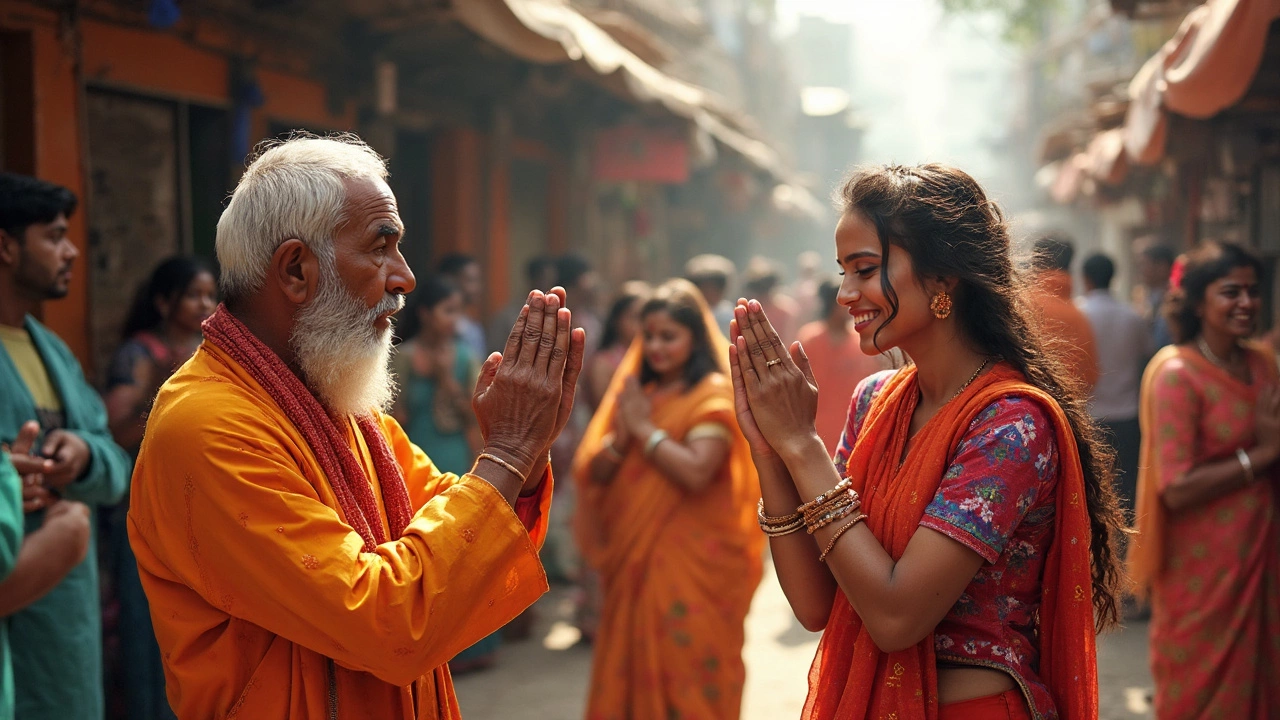Respectful Greetings: Meaning, Examples & Everyday Use
When talking about respectful greetings, polite words or gestures used to show honor and goodwill. Also known as courteous salutations, they are a key part of Indian social fabric. Another core element is Indian greeting, which includes gestures like folded palms and a slight bow. You’ll also hear Namaste, a universal word that signals respect across regions. Finally, Indian etiquette, the set of rules governing how we address elders, teachers, and guests, frames every respectful greeting.
Why do respectful greetings matter? They act as social glue, making strangers feel welcome and reinforcing bonds within families. In practice, a simple Namaste can turn a hurried hallway into a moment of connection. Indian etiquette tells us when to use a formal Namaskar for seniors versus a casual Vanakkam in South India. These nuances show that respectful greetings aren’t just words – they’re cultural tools that signal awareness, humility, and warmth.
How to Choose the Right Greeting
First, consider the setting. In a business meeting, a firm handshake paired with respectful greetings and a subtle Namaste signals professionalism and cultural sensitivity. At a family gathering, a warm Namaste with a gentle touch on the forearm adds affection. Second, think about the relationship. For teachers, elders, or officials, the deeper bow in a Namaskar conveys higher reverence than a quick wave.
Third, pay attention to regional cues. In Tamil Nadu, Vanakkam is the go‑to greeting, while in Punjab, a polite Sat Sri Akal may replace Namaste. Knowing these variations prevents awkward moments and shows you respect local customs. Finally, match the tone of the occasion. Festival cheer, such as Diwali, often blends traditional greetings with festive wishes like “Happy Diwali” – a perfect example of respectful greetings combined with celebratory spirit.
Practicing respectful greetings improves your confidence in multicultural environments. It also teaches you to listen attentively, because the right greeting often follows the subtle cues others give. Over time, you’ll develop an instinct for when to use a formal bow versus a casual nod, and you’ll notice how those small choices shape the overall vibe of any interaction.
Below you’ll find a curated list of articles that dive deeper into specific greetings, phrase etiquette, and cultural contexts. Whether you’re looking for the perfect Diwali quote, want to master the difference between Namaste and Namaskar, or simply need fresh ways to say “thank you” respectfully, the collection has you covered. Explore the posts to sharpen your social skills and bring genuine warmth to every conversation.
